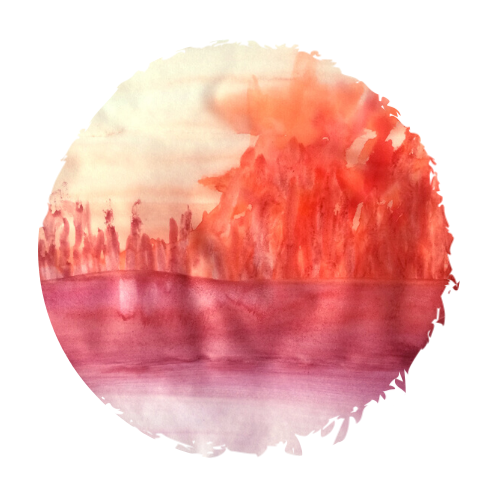The " I Am Being " Philosophy
The "I Am Being" Philosophy
At the core of "I Am Being" lies a revolutionary idea: true wellness isn't just about following wellness trends or relying on external fixes—it’s about a profound alignment with our deepest self. This philosophy challenges the conventional approaches to health and wellness, which often prioritize temporary solutions over lasting transformations.
A Call to Authenticity
"I Am Being" is more than just a practice; it's a call to return to your authentic self. In a world filled with quick fixes and surface-level health hacks, this philosophy invites you to dive deep into the essence of your being. Here, healing isn’t seen as something done to you but as a natural process that you actively engage in through conscious living and personal choice.
Challenging the Norm
This approach is not for everyone. It challenges you to look beyond the norms, question the status quo, and reclaim your innate power to heal. It's about stripping away the layers of societal expectations and commercial influences to uncover the health and happiness that naturally arise from living truthfully.
YOUR DOSHAS
In Ayurveda we view a person as a unique individual made
up of five primary elements.
The elements are ether (space), air, fire, water, and earth.
Just as in nature, we too have these five elements in us.
When any of these elements are present in the environment,
they will in turn have an influence on us. The foods we eat
and the weather are just two examples of the presence of
these elements.
While we are a composite of these five primary elements,
certain elements are seen to have an ability to combine to
create various physiological functions.
THE TRI-DOSHA THEORY
Each person has all three Doshas, but usually one or two dominate. Various Dosha proportions determine one's physiological and personality traits, as well as general likes and dislikes. For example Vata types will prefer hot weather to cold and Kapha types are more likely to crave spicy foods than other types.
Vata Dosha
Ether and air combine to form what is known in Ayurveda as the
Vata dosha .
Vata governs the principle of movement and therefore can be seen as the force
which directs nerve impulses, circulation, respiration, and elimination.
Energy that controls bodily functions associated with motion,
including blood circulation, breathing, blinking, and your heartbeat.
- In balance: There is creativity and vitality.
- Out of balance: Can produce fear and anxiety.
Pitta Dosha
Fire and water are the elements that combine to form the Pitta dosha . The Pitta dosha is the process of transformation or metabolism. The transformation of foods into nutrients that our bodies can assimilate is an example of a pitta function. Pitta is also responsible for metabolism in the organ and tissue systems as well as cellular metabolism.
Energy that controls the body's metabolic systems, including
digestion, absorption, nutrition, and your body's temperature.
- In balance: Leads to contentment and intelligence.
- Out of balance: Can cause ulcers and anger.
Kapha Dosha
Finally, it is pre dominantly the water and earth elements which combine to form the Kapha dosha . Kapha is what is responsible for growth, adding structure unit by unit. Another function of the Kapha dosha is to offer protection. Cerebral sp inal fluid protects the brain and spinal column and is a type of Kapha found in the body. Also, the mucousal lining of the stomach is another example of the Kapha dosha protecting the tissues.
Energy that controls growth in the body. It supplies water to all
body parts, moisturizes the skin, and maintains the immune system.
- In balance: Expressed as love and forgiveness.
- Out of balance: Can lead to insecurity and envy.






